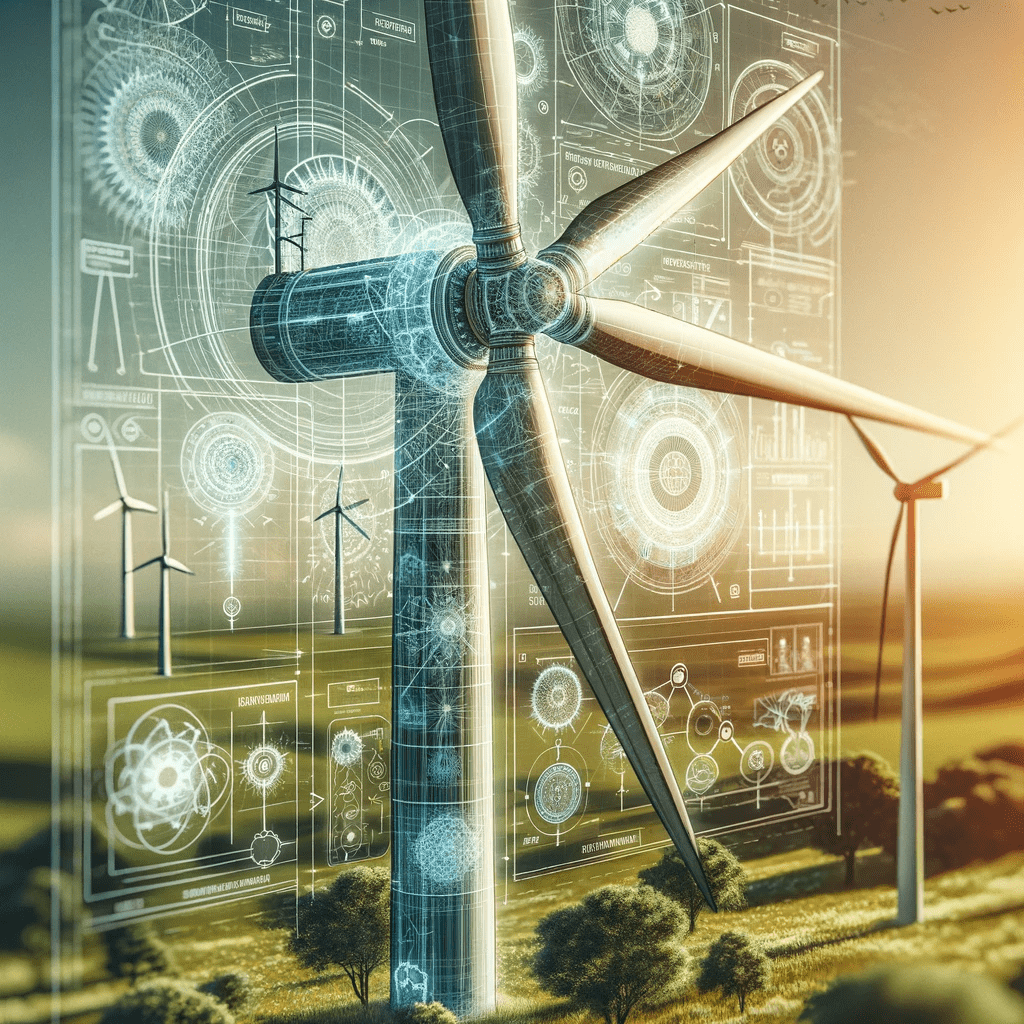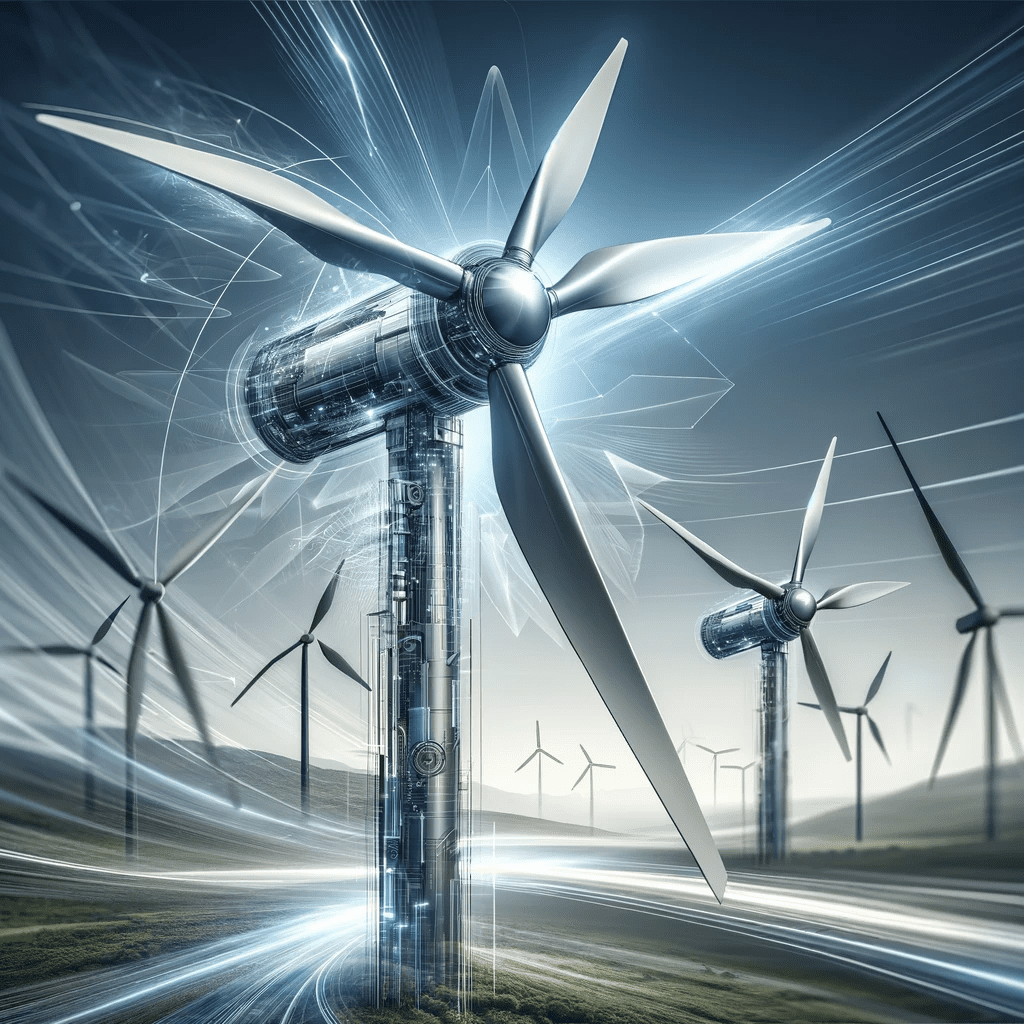Definition
Wind Energy is the transformation of wind’s kinetic force into electricity, typically using turbines.
Expanded Explanation
This renewable energy source harnesses natural wind currents for power generation.
- It’s an alternative to traditional energy sources, being both sustainable and efficient.
- Its implementation ranges from small-scale turbines for individual use to large wind farms for mass energy production.
Importance
Its significance lies in its ability to offer clean, renewable power, crucial for environmental conservation and reducing carbon footprints.
- It plays a crucial role in reducing reliance on fossil fuels, decreasing greenhouse gas emissions, and promoting environmental sustainability.
- It’s a key player in the transition towards cleaner energy.
Context and Usage
Wind Energy proves beneficial in diverse settings, from powering remote communities to supplementing national electricity grids.
Examples
- Example 1: A small wind turbine at home demonstrates the potential for personal renewable energy solutions. It embodies sustainable, domestic power generation.
- Example 2: The operation of a wind farm, supplying electricity to an urban area, showcases its utility in large-scale energy production.
Understanding the Glossary Term
Contrary to some beliefs, Wind Energy, with modern technology, offers a reliable and consistent power source, even in varied weather conditions.
Related Glossary Terms
- Renewable Energy: This category focuses on harnessing air currents for sustainable power solutions, emphasizing their role in eco-friendly electricity production.
- Wind Power: Discover the basics of utilizing natural air currents for power production, a fundamental aspect of renewable resources. This exploration highlights the importance of tapping into this eco-friendly source for electricity generation.
Visual and Reading Aids
External Resources
- Download Our Newest Whitepaper on Advanced Control Systems for Wind Farms: Discover the complexities of managing wind farms in our latest whitepaper on Wind Farm Control Systems. It delves into efficiently controlling electricity generation plants.
- Assessing the Environmental Footprint and Location Choices for Wind Energy Projects: Explore our comprehensive analysis of environmental impacts and strategic siting for wind power projects, vital for sustainable and efficient development.
Related Articles
- Wind Energy Pros and Cons: The Definitive Analysis: This exploration delves into the diverse facets of harnessing wind as a key element in renewable energy and sustainable lifestyles. It offers a thorough perspective, highlighting reduced carbon footprints, climate change mitigation, and biodiversity promotion, while also addressing the variability and storage challenges associated with this energy source.
- How Does a Wind Turbine Generate Electricity?: Discover the mechanics behind wind turbines in our blog post, “How Does a Wind Turbine Generate Electricity?” Uncover the fascinating process that turns wind into power.
Affiliate Links Disclosure:
This post contains affiliate links, meaning I may earn a commission if you click and make a purchase at no additional cost to you. As an affiliate for Amazon, ClickBank, and other affiliate programs, I may be compensated if you buy products or services through my recommendations. Please know that I only promote products I trust and believe will be valuable to my readers.

